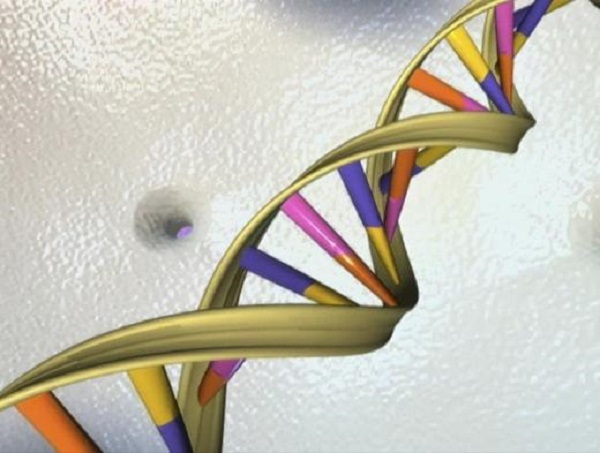Biblical explanation on human origin explains human DNA diversity and challenges evolution - research
A new study claims that the origin of human ethnic groups is best explained by the Biblical model instead of the principle of evolution.

The research, published April 27 in Answers Research Journal, found that the Young Earth Creation (YEC) model, which gives the Biblical explanation on how the human race was scattered, accounts for the present diversity in human DNA according to race.
Evolutionists have argued that humans were first separated into different ethnic groups about 100,000 years ago. On the other hand, the YEC stipulates that human diversity began when the human race was dispersed after the Tower of Babel was created about 4,000 years ago.
In the Biblical story of the Tower of Babel, God scattered the humans to different parts of the world and assigned various languages to them.
Researcher Nathaniel Jeanson studied why African people groups had more mitochondrial DNA diversity compared to other people groups. Taking data gathered 40 years ago, he discovered that, generally, African women married at a younger age compared to other women.
Jeanson said that this data "suggests that this practice may have been true historically, well before Westernization took hold of the African continent."
"Since mtDNA in humans is thought to be inherited primarily through the maternal lineage, this finding cast my previous mtDNA calculations in a new light," he added. He calculated for the mitochondrial DNA "clock" using his findings about how generation times differed based on ethnicity.
Marrying at a younger age led to faster generation times among Africans, which could have caused their DNA to diversify faster. Jeanson said the YEC model, not the evolutionary model, was more precise in terms of computing for the number of DNA differences.
"Differential generation time data and a constant rate of mtDNA mutation are sufficient to explain human mtDNA diversity on the YEC timescale across all ethnic groups," he concluded in the study.
The researcher said further studies are needed to help verify his findings.





